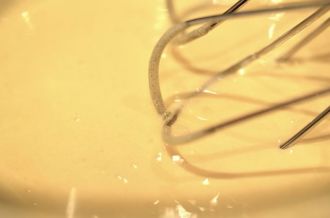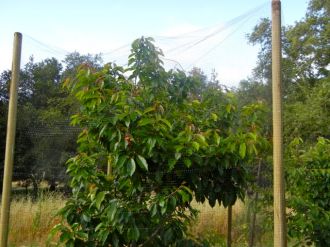The bounty of summer often comes with a vexing question that basically boils down to, “what am I supposed to do with all of this stuff?!?” Wether you garden, join a CSA, shop the farmers market or simply succumb to the temptations of a roadside fruit stand, when we get summer fruits and veggies we tend to get a lot of them. All at once. And not all produce stays fresh for very long. Abundance can have a (very slight) downside.
Now possibly the best answer to this “challenge” is to share with friends, assuming they aren’t already overwhelmed with their own produce. But when generosity fails, preservation is the next step. Now if you want to get serious about preservation, we suggest you visit Wifemeetslife for an intro to canning- Alison has some great posts. And if you want to add some booze into the mix, then we suggest a visit to Boozed + Infused, where Alicia makes incredible fruit-based infusions.
We can’t keep up with Alison and Alicia (although we are trying) but we do often use some short-term preservation techniques to extend our produce. For our cherries we make quick “maraschino” cherries and for cucumbers we make refrigerator pickles. Both are easy to make and extend the life of our produce by a few weeks. Oh, and both taste great.
As for the maraschino cherries, we take our end-of season cherries, lightly cook them in maraschino liqueur and then pop them in the fridge and let them macerate for two days and then the are ready and will last for a few weeks. While sour cherries may be the ideal, we use Bings or Vans and they are very tasty. Contrary to the bright pink, overly sweet store-bought maraschinos, home-made maraschino cherries are just a touch sweet with a bit of tartness and some crunch. The liqueur adds some lovely nutty flavors to the cherries. And they are not particularly boozy. We put the cherries in cocktails, on top of ice cream, between layers of cakes (yum) and simply eat them out of hand. Good stuff and a good excuse to buy one more basket of cherries (and add some maraschino liqueur to your bar).
As for the sweet refrigerator pickles, we love our cucumbers fresh, or in quick pickles, but we like this recipe so much it is one of the main reasons we grow cukes and buy a lot at the farmers market. Making these pickles is a snap. Simply cut up some pickling cucumbers (Kirbys are good here) and a bit of onion and then quickly/lightly cook in a solution of brown sugar, vinegar, salt and spices. Let the mixture cool and then put it in the fridge, the pickles will keep for about 10 days, but they won’t last that long. The pickles are sharp, sweet and crunchy with just a touch of spice. We eat them out of hand but also put them on sandwiches or serve them with burgers and hot dogs at cookouts. We also chop the pickles up into a quick relish- so good. And our kids love them, so it is a good way to get a few more veggies in their diet. Continue reading



































